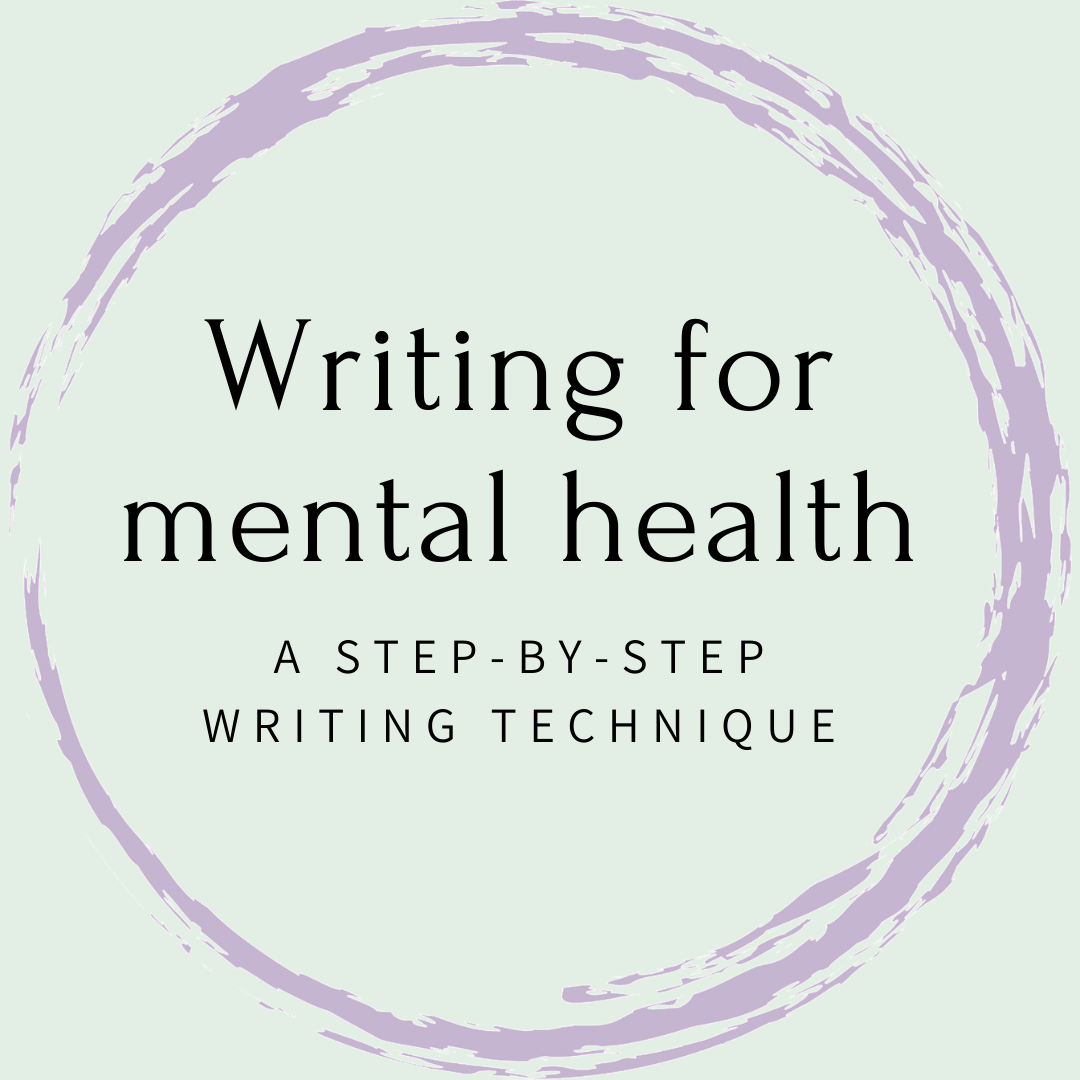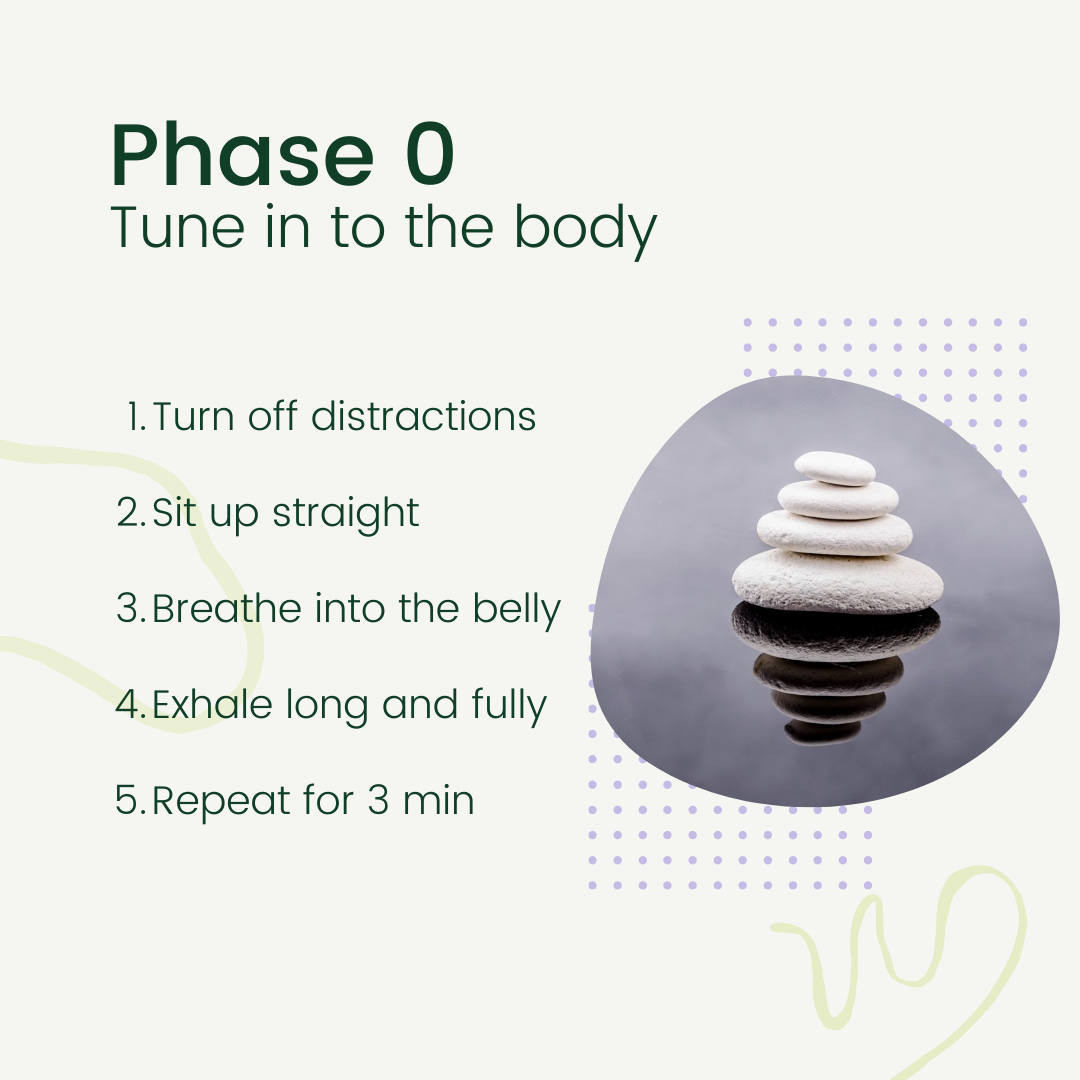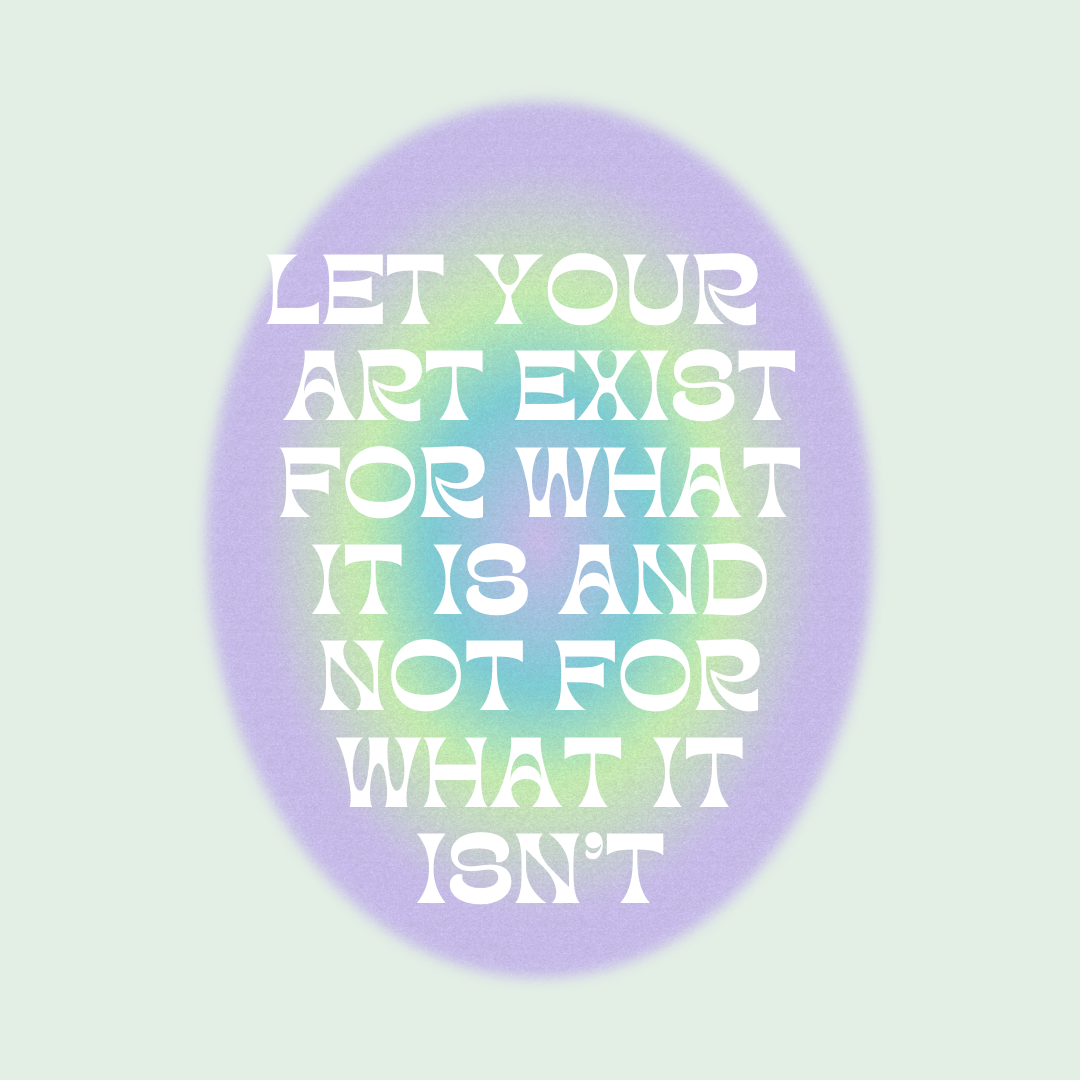Writing for mental health: A step-by-step writing technique
Introduction
If the human species had a superpower, it would be writing. Stephan King sees writing as being a form of telekinesis. He says that the text is a documentation or translation of the author’s mind. This allows you, the reader, to have a look inside my head. It’s weird, right? At this moment you’re reading my thoughts word for word. In a sense, writing allows us to transpose ephemeral thoughts and emotions into a durable mold. We can communicate on a global scale and through different time zones without an instant feedback system. If that isn’t a superpower then I don’t know what is…
Why we write (for mental health)
Why is it so essential for us to write? Perhaps we write because it gives us the opportunity to think at a slower pace. Doing so allows us to jump out of our stream of consciousness and see our thoughts from afar. Taking distance is a great way to put your thoughts in order. You gain insight and can catch reappearing thoughts a lot quicker. But most importantly, writing helps us document our life. We conserve our memories and experiences in a linguistic jar. Through that process, we lose a lot of details, but we keep an overview of the big picture.
Writing is rescuing the past that asks to be saved and letting the rest of it be smothered in the infinite stacking of time.
Writing is thought to be a conscious selective process, but really, it’s your unconscious voice that is dictating the show. A lot of mental distress is caused by suppressing unconscious messages that are trying to become conscious. Sigmund Freud argued that emotional inhibition resulted in psychological illness, and he subsequently formulated his ‘‘talking cure’’ to release inhibited emotion. The idea that emotional inhibition may lead to psychological distress remains influential in contemporary psychology.
We often live in fear of something we can’t quite label. Ernest Hemingway famously said that writers should “write hard and clear about what hurts”. The aim of doing this is to bring trauma or fears to the foreground. Counseling or psychotherapy does the same thing. My therapist once told me that all we did in the sessions was labelling (giving words to) human experiences. By talking about difficult and scary things, you express yourself and thus expose those hidden fears to the world.
By labelling the human experience, you can dissipate a lot of those fears. You learn that there’s a huge difference between the thought of a lion and an actual lion. Mentally differentiating between the two is crucial because the body can’t do it on its own. As a result, it reacts in the same way, with fear, anxiety and limiting beliefs. Expressing unfathomable experiences, like thoughts or feelings, gives them a real body, making them palpable, harmless, and a lot less scary.
I believe that any real healing starts with the full acceptance of what is and the total rejection of what isn’t.
Beware, I’m not saying that writing is a simple solution to any mental health problem. It isn’t! Nor am I pretending to be a professional psychologist. I’m not! Professional guidance is really helpful because it helps you see through your blind spots. Where writing is like a monologue, therapy is a dialogue. With therapy the sum of the parts is for sure greater than the whole.
What I am saying is that writing can be a great tool for developing self-awareness. By shining a light on what keeps your mind occupied, you give yourself the opportunity to create new space. That space can be used for open thinking, intuitive feeling or creating abundance.
You may be wondering: “I’m not a writer, never was, never will be.” Well, to that I say you’re wrong! Anyone who is literate can be a writer. All it takes is the right mindset and perhaps some help from the writing technique that I’ll explain in detail below. The healing power of writing is accessible to everyone. It isn’t woo woo or witch craft. It’s you being in tune with yourself, simply by collecting, selecting, and ordering words in a certain way. Really there’s nothing to it but to do it.
Writing technique: From nothing to something in 30 minutes








Phase 0: Tuning in to the body (3 min)
The very first step in writing is to not write at all. Actually, you don’t do anything at all. You turn off any possible distractions. Now go and sit a bit straighter, align you head over heart and heart over hips. Let the shoulders become soft. Catch the wave of your next inhale. Take the breath in through your nose and make sure it goes all the way into your soft belly. Hold the breath for a second before exhaling. Exhale long and fully, through the nose or mouth. When you’re empty, hold that state again for a second before transitioning to an inhale. Do this for at least three minutes. Keep your full attention on the breath. Every time your mind starts to drift off, bring it back to the breath. Feel the effect on your body. You’re tuning in to the body now. Whatever it is telling you, observe it without judgement. By doing this breathing exercise you’re creating resonance between the breath, the heart, and the mind. This is the state you want to be in before advancing to the next phase.
Phase 1: Automatic writing (7 min)
Have a comfortable seat at your desk. Take a pen and a sheet of paper. Set an alarm clock for seven minutes, or you can simply write for as long as you’d like. Just remember that there are two more phases after this one. The point here is not put absolutely everything on the page. Instead you should feel eager to write even more.
In this phase you’ll practice automatic writing, also known as psychography. You will come up with words without consciously thinking of them. “How?” you say? It’s actually very simple. You start by writing down your thoughts. Just drop in the stream of consciousness that is going on right now. It could be as silly as “man, I’m so hungry right now. I wish I had something to eat…” Whatever it is, let it carry you. You don’t actively think, you don’t filter anything! If you feel that you’re running out of things to write, scribble ‘blahblahblah…’ until a new thought pops up. Don’t worry about making it coherent. Whatever you do, don’t stop! Keep going! There’s always more, so don’t fool yourself into thinking you have nothing.
It’s important to remember that this phase is all about quantity and not about quality. Write without judgement and leave any preconceived notion of ‘good writing’ for what it is. Let go of your ego and become the mere translator of your thoughts.
It's recommended to write by hand. Handwriting forces your brain to mentally engage with the information. You embody the message instead of encoding it on a keyboard!
Phase 2: Detailed and selective reading (+- 5 min)
By now you should have quite some text. In this phase you’ll read it over two times. First, you’ll read it from start to finish without stopping. This is the detailed reading process. Refrain from adding or correcting anything while reading, there’ll be time for that in a later stage. Approach the text as if it’s the first time you’ve seen it.
When you’re done reading, try to summarize it in a few keywords. Question yourself: Whats the main theme or feeling? How does that make you feel right now? Note down these keywords somewhere on your page. Keep this short and concise, there's no need to elaborate here.
Secondly, you’ll read the text more critically. This is the selective reading process. Do this by working with a colorful marker or pen. Select the words, sentences or paragraphs that are appealing to you and let go of those that are crappy (don’t scratch these, perhaps you’ll find value in them later on). In this phase, you're separating the quality from the quantity. Some people highlight their whole text, while others only select a couple of words. This selection is going to be the groundwork for the next phase.
Before you continue, take a minute to compare the findings from your two readings. Are the keywords in any way related to the highlighted text? Do you see a common ground between the two? Or do they form some type of tension? These questions are supposed to inspire you with new ideas and insights.
Phase 3: Creative rewriting (15 min)
You’re going to write a new text. Up until now you’ve mostly been focusing on content, but here you’ll focus on form. How do you want it to look like? Does it have a clear beginning and a proper ending? Do you like the sound of it? You can be as creative with the style as you like. But whether you’re writing poetry, fiction, or non-fiction, don’t lose yourself in the rules of that genre. A style should give you freedom to express what you want, and not limit you.
Take a new piece of paper, leave some space on top for the title, and start! If you don’t know how, simply start by copying the highlighted parts from the draft version. From there, you can expand on the theme. Try to think of new perspectives on the topic and keep writing until you’re satisfied with the end result.
Normally I don't like to put a time limit for this phase, because time pressure works counterproductively. But you have to finish at some point, so if you suffer from perfectionism like me, set a timer for 15 minutes. Know that nothing is ever going to be perfect, and will this text be either. Just do your best! I know from experience that things I find horrible in the moment tend to be quite alright when I reread them a couple days later.
Finally, give your new text a title. A good title is supposed to be able to stand by itself, but also cover the content of the entire work. Don’t overthink it, follow your gut. Your intuition is rarely ever wrong, so it’s safe to go with it.
Phase 4: Repeat (∞)
Congratulations, you’ve written! You might be unsatisfied with the end-result, but I’d suggest you leave it for what it is, at least for now. In the future, you can always repeat the second and third phase. If you’re really not happy, you can start over entirely. That’s the power of this method. Whichever phase you choose to redo, the end result is going to be different. That’s because you’ll always come up with a new perspective on the topic. And even if it keeps leading you to unsatisfactory results, the novelty of every try is worthwhile in and of itself! Don’t forget that!
Conclusion
The act of writing is a purely human trait. No other animal on earth shows any similar behaviour. Anyone can be a writer because everyone has their own thoughts and beliefs. Writing has many benefits like broadening your scale of communication, documenting your life, and giving a body to intangible thoughts and feelings. Heck, writing might just be the self-reinforcing tool that has made us become such self-aware creatures. Writing hard and clear about what hurts creates an excellent pathway towards healing. Although writing can be seen as a monologue, going into a discussion with your text creates an inner dialogue.
This writing technique allows literally anyone to create a valuable text. The step-by-step approach divides the writing process into doable tasks. The completion of the first phase organically leads to the next one, until you reach the end result. Truly, there never was a secret to writing and there will never be one. Anyone who claims they have it is scamming you for attention or money. All the answers you’re looking for are already inside of you.
This superpower was always yours to begin with. You just needed to activate it!
Blog out!
Durim

